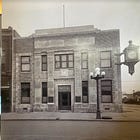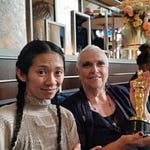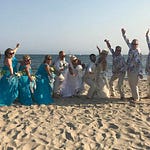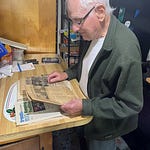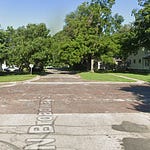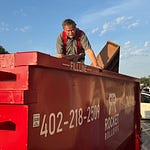By Bob Copperstone
Some of my fondest Wahoo childhood recollections are cemented into my memory by three motorized two-wheeled vehicles.
They include a racing motorcycle, a docile motor scooter and, later in my adult life, a highway-hogging 750-cc Japanese cruiser.
Like probably every boy in the world who ever pushed a toy truck around the sand pile, I almost painfully ached to have an actual internal-combustion engine vehicle of my own, preferably two-wheeled.
My cycle odyssey began when I was about 10, as a passenger on my dad’s 1940s vintage Harley-Davidson hill-climber. (I think they imported that model from Europe, but it carried the Hog’s badge).
Often on a summer Sunday, Dad would plop me astride the rear fender on a hard leather pad, and we’d head north of Wahoo to the motorcycle hill-climbing venue outside Morse Bluff.
The climbs were fun to watch.
The racers competed against the clock, gutting their way up an impossibly-steep trail, clinging to their stripped-down, howling and growling machines -- music to our ears.
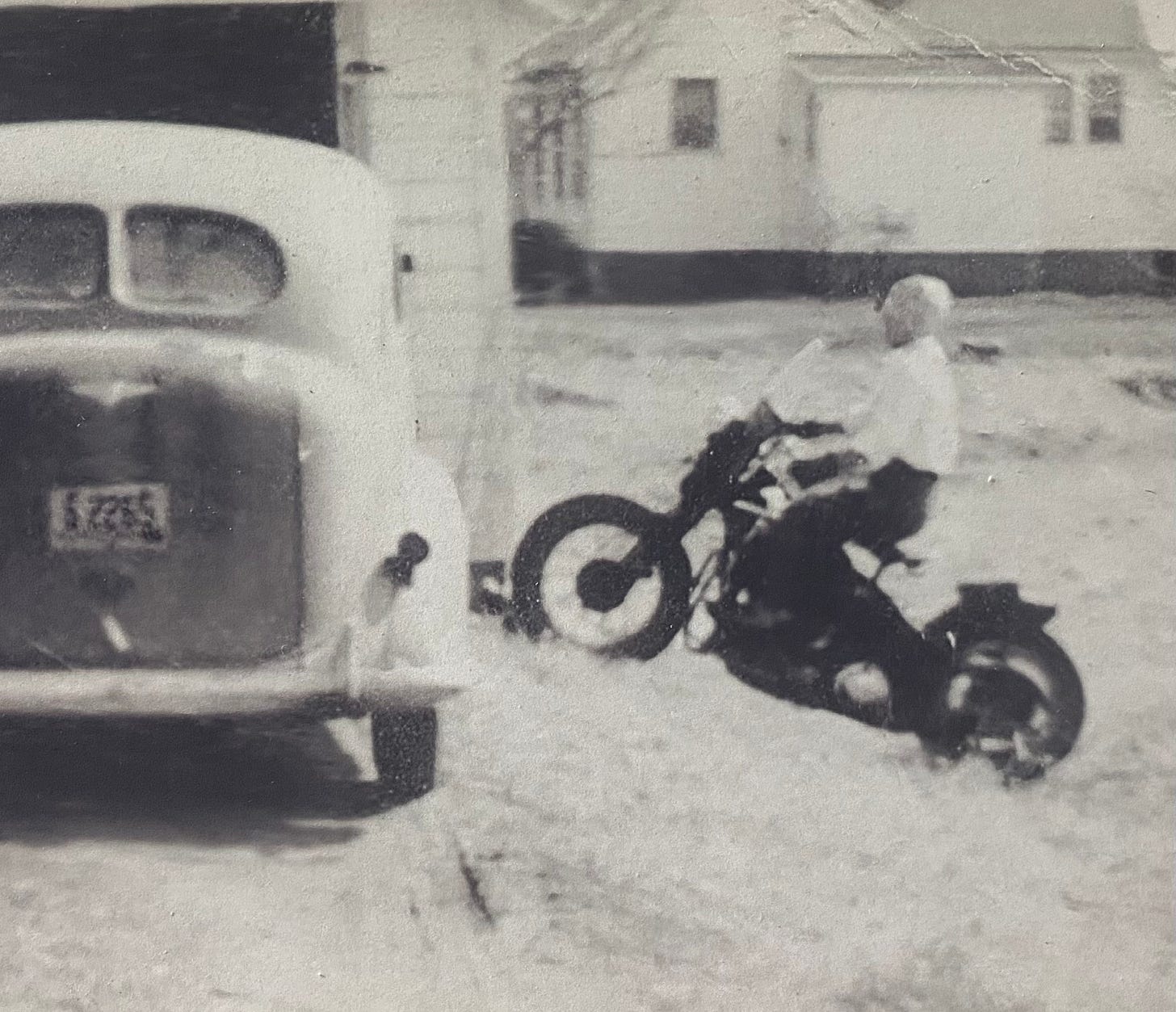
The gutsy cyclists would furiously grind dirt and gravel, dodging gullies, loose soil, rocks and other obstacles, doing their damndest to stay aboard and in competition.
They had kill-switches fastened to their bodies that would shut off the engines if (more likely “when”) they were thrown from their machines.
Those days, the hill-climber bikes were recognized by a bread-loaf sized leather cushion on the rear fenders (you remember that was my passenger seat on our way to the race). The racer would scoot back and sit on that pad for increased weight-distributing traction to the powered rear wheel.
As welcome as that pad was for that purpose, I’m here to tell you I didn’t welcome it all that much. My shaken kidneys hurt like hell as we bounced along the washboard gravel roads, dad on his cushioned and sprung leather saddle, and me clinging grimly to his waist, often bouncing high enough to show light under my butt.
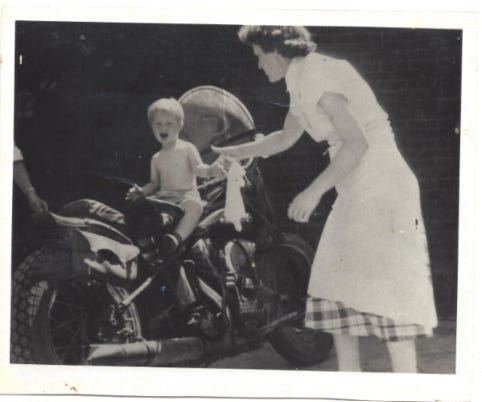
Most of the bigger bikes of that era had long, wide saddles to accommodate both driver and passenger, but ours was a stripped-down hill-climber with an abbreviated driver’s seat. Dad hated to see me in pain, and would stop often to rest my kidneys. I was too old to cry, but I sure wanted to.
They didn’t make motorcycle kidney belts for kids, though, and I learned why they called them “hard-tail” Harleys. My tail was definitely harder by the time we got home.
* * *
It was that hill-climber bike that introduced both Dad and me to the joys of motorized, two-wheeled propulsion.
After puttin’ around Wahoo in that smaller bike for a few years, Dad got a chance to move up to the big boy toys.
His nephew, Jerry Bartusek Jr., had recently purchased a beautiful, muscular (1000cc), full-sized Harley-Davidson. Not long afterwards, while getting used to the bike, he lost control on pavement gravel and laid the bike down, suffering painful road rash and vowing never to climb back on. Junior quickly sold the bike to Dad.
Dad’s new ride was fondly nicknamed in the industry a “knucklehead” because its engine’s rocker-box ends resembled a clenched fist.
It was the company’s first overhead valve engine, boasting a satisfying 37 horsepower. It was produced from 1936 to 1947 and marked the beginning of a Harley history of muscular motorcycling.
Dad rode the hell out of that Harley, in all weather, even winter. He loved that bike. I never did get to solo in it, though. I was a skinny little runt as a kid, and it was too much bike to handle.
And anyway, when I was 13 I had my own motorized wheels – a Cushman scooter, which will be the topic of the next chapter of this Uncle Bob’s Growing Up Wigwam blog.
* * *
When Dad died of heart failure in 1968, I came back to Wahoo from California for the funeral. The Harley was still under a tarp in the alley behind the Wigwam Café.
Many of us in the family believe the bike may have played at least a part in Dad’s decline in health.
One day, he had untypically jackknifed the bike, falling hard to the bricks at the Wahoo City Hall intersection.
Toward the end, after the spill, he wasn’t very much of the same Harley Hank anymore, in all aspects of his daily life. I wasn’t around in Wahoo, and I don’t know if he ever rode the machine after the spill.
To my disappointment, I was in no position to own it, ride it or fix it since I lived at a trailer park in Monrovia, California, where I had just began my first job at a daily newspaper
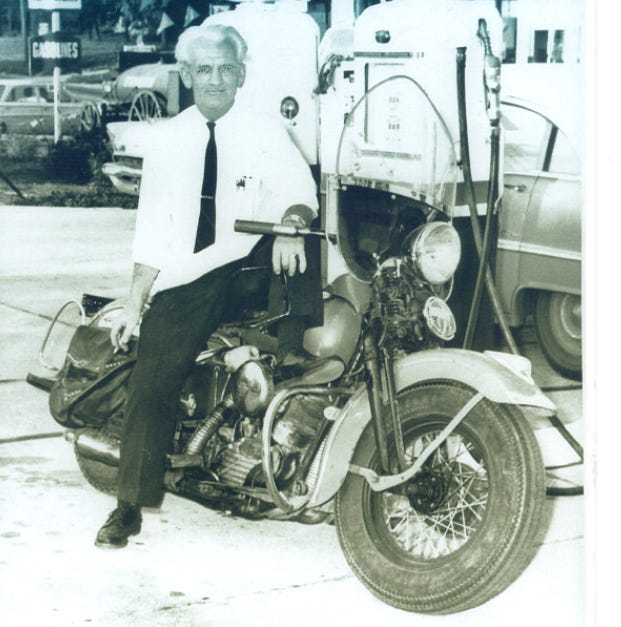
.
Mom eventually gave the motorcycle to Dale Nichelson, a gem of a neighbor who always kept Dad’s Harley mechanically ticking, for free.
Dad was handy around the house (when I was 12, I helped him rebuilt a new bathroom with his own hands.) But I never saw him take a gasoline engine apart.
So Dale, true to his sterling character, sold the bike it to some brothers from Omaha, and promptly gave every cent of it back to Mom.
From there, history details are very sketchy, but it was said that the bike was sold again to someone who restored it ground up. I don’t know where that knucklehead beauty is now. It is undoubtedly being on proud display somewhere even today. I hope so.
I hated to miss the chance to own one of Dad’s bikes, because the bike was in pretty good condition. More importantly, it held a flood of pleasant boyhood memories.
Even today, whenever my bumped tailbone feels a twinge, I am subconsciously swept back to the summers of the 1950s, and I am holding on for dear life on the bumpy road to Morse Bluff.
NEXT: Free at last! On the road at age 13, piloting a brilliant red dream machine of a Cushman scooter.







